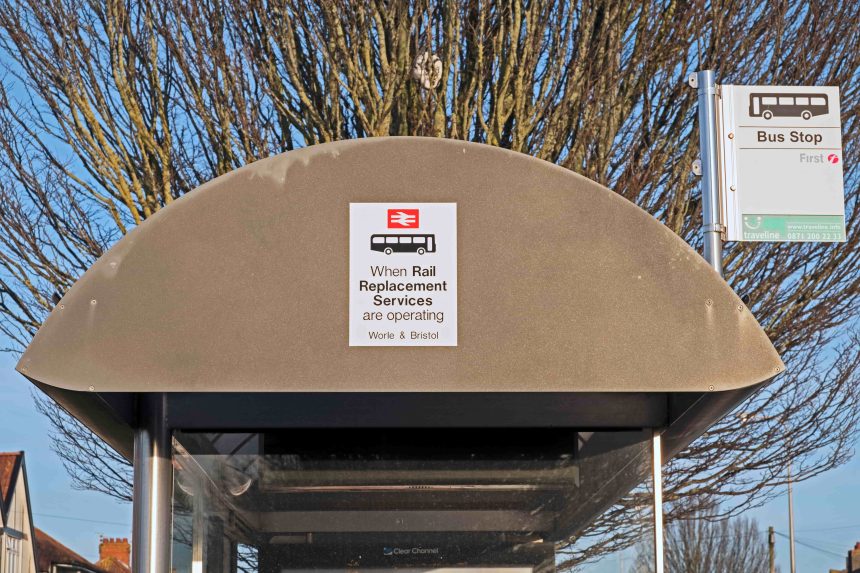The coach industry has spent the past several years trying to get to grips with PSVAR. Could it be said that some heads had been buried in the sand? Probably, although there are applications such as in-scope closed-door home-to-school where applying PSVAR as a default is ridiculous when no passenger requires accessibility aids.
PSVAR is also a concern for rail replacement. I see the logic in it applying to those services, although where several road vehicles are needed to replace a single train with perhaps two wheelchair user spaces – and in theory serving inaccessible stations that are no-go areas for disabled passengers – that I believe that over time, the difficulty with PSVAR on rail replacement will be dealt with via natural fleet replacement cycles – and, if we are lucky, a few pounds extra in the pot from the businesses that organise that work.
Now I see that some rail replacement services will need to give audio and visual information to passengers. The logic here, again, holds some water, in that some ‘rail’ travellers will be unfamiliar with their surroundings and benefit from knowing where they are.
But in all the years I have carried out rail replacement, I cannot think of one instance I know of when I or one of my drivers have over-carried a passenger or left one at the wrong place. That is because we use the PA system and answer questions. When a disabled traveller has boarded, staff ensure that their destination is known before departure.
Yes, things will go wrong occasionally. They do in all walks of life. But so too can they go wrong where the audible and visual displays to be required under new legislation are ignored.
The bible of social media tells me that some scheduled service coaches already provide some (or all) of the soon-to-be necessary information via standard-fit monitors and speakers. That is a sensible solution.
However, my worry is this: If this requirement proceeds as planned, and the standard do-everything coach that we often see on rail replacement must display the same level of detail, who will be responsible for configuring the required ‘feed’ and moreover, who will pay for the associated work of making it all happen in the first place?
It may make financial sense for some coach operators to swallow the necessary ‘on cost’ if they do lots of rail replacement. But rail replacement is largely ad-hoc. There is plenty of other work out there that, from a coach point of view, does not require any of this equipment.
The train companies, and the government, need to be aware that some operators may choose to place most, if not all, rail replacement in the ‘too difficult’ pile. Then what?
We heard from a previous minister that rail replacement is one of the few essential tasks carried out by the coach industry.
It is now similarly essential that the government looks afresh at this problem – before it finds that few coach operators wish to involve themselves with it any longer.
Name and address supplied.



























